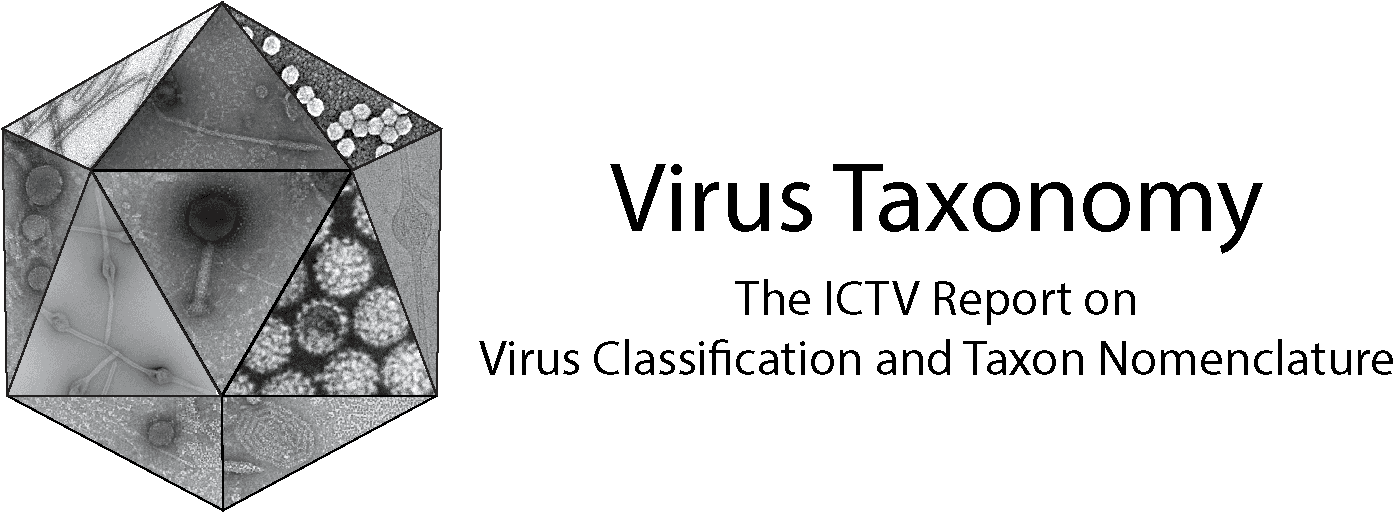Family: Geminiviridae
Genus: Maldovirus
Distinguishing features
Members of the genus Maldovirus are clearly related to previously recognized geminiviruses, based on genome composition, similarities in the origin of replication (5′-TAATATTAC-3′), and the presence of homologous genes. Interestingly, members of the genus have been described from asymptomatic plants and infect dicot (apple, grapevine) or monocot plants (Juncus maritimus) (Claverie et al., 2018, Liang et al., 2015, Al Rwahnih et al., 2017).
Virion
See discussion under family description.
Genome organization and replication
The maldovirus genomic arrangement contains an intergenic region that includes the stem-loop structure including the nonanucleotide 5′-TAATATTAC-3′, highly conserved at the origin of virion strand replication in geminivirus genomes. The genome contains six open reading frames, putatively encoding the proteins present in monopartite begomoviruses (coat protein and movement protein in the viral sense and Rep, TrAP, Ren, C4 protein in the complementary sense) (Figure 1. Maldovirus).
|
|
|
Figure 1. Maldovirus. Genomic organization of maldoviruses. ORFs are denoted as being encoded on the virion-sense (V) or complementary-sense (C) strand. The position of the stem-loop containing the conserved 5′-TAATATTAC-3′ sequence in the intergenic region (IR) is shown. |
Biology
Host range
Members of the species within the genus have been described from asymptomatic plants. Apple geminivirus 1 and grapevine geminivirus A infects dicot plants (apple [Malus domestica] and grapevine [Vitis vinifera], respectively) and Juncus maritimus geminivirus 1 infects a monocot plant (Juncus maritimus) (Claverie et al., 2018, Liang et al., 2015, Al Rwahnih et al., 2017). Experimental hosts for apple geminivirus 1 are Nicotiana benthamiana, Nicotiana glutinosa and tomato (Liang et al., 2015).
Species demarcation criteria
Isolates of species in the genus share less than 67% nucleotide sequence identity with all other known geminiviruses. The tentative species demarcation criterion of 78% has been defined, but this value could change when additional maldovirus sequences become available.


